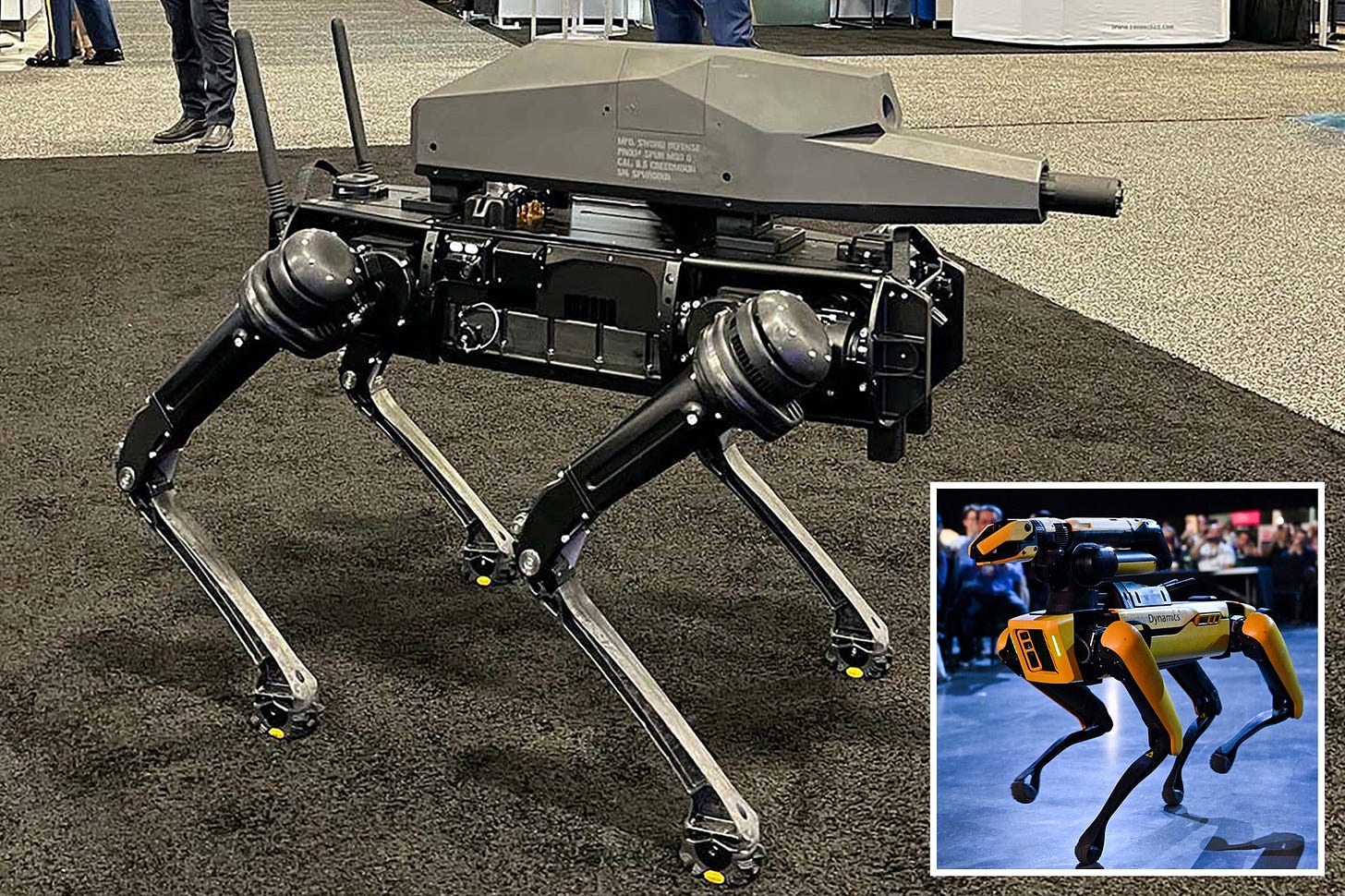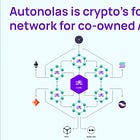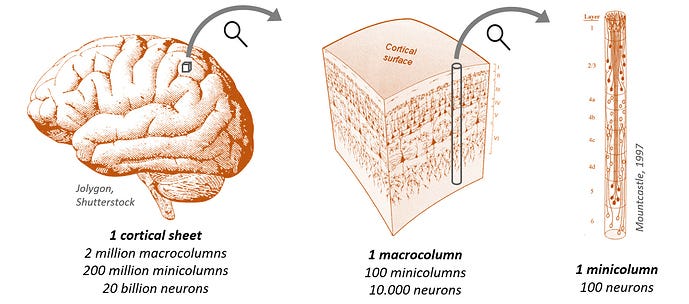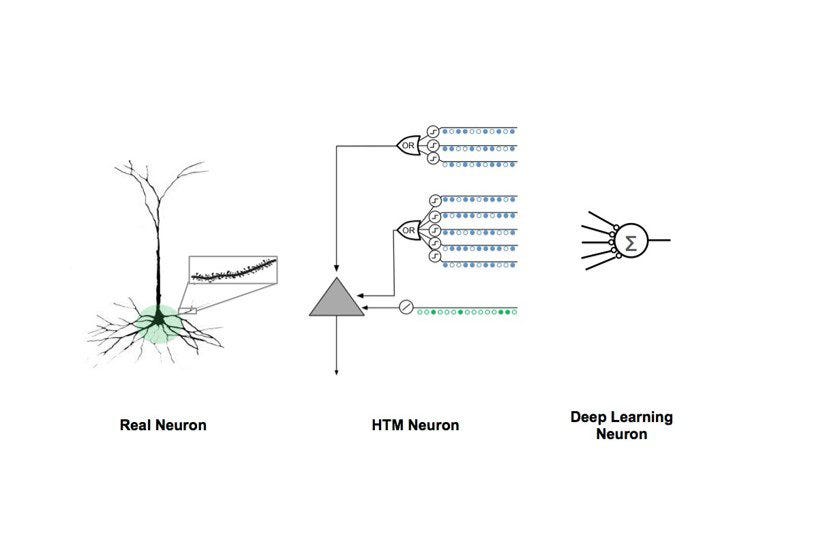Long Take: From Centralized AI to Personal Bots in the agentic economy
The Financialization of AI Companions
Gm Fintech Architects —
The fintech industry is looking at Bolt’s fake $450MM round and the FDIC’s brokered deposits rules. For crypto, we recommend this breakdown of the challenges of Arbitrum’s $85MM airdrop. And many of you enjoyed last week’s deep dive on Tally.
But I want to take today to write down our thoughts about the emerging frontier, and will keep this as an open edition. Because end of the day, we care about the first mile.
Summary: Wwe explore the emergence of the "agentic economy," driven by the convergence of blockchains, AI, and financial networks. The rise of AI agents, personalized digital entities performing tasks on behalf of individuals, poses significant questions about the future of technology ownership, privacy, and decentralization. While current AI models, like those from OpenAI, operate as centralized entities, a shift towards individualized, localized AI could lead to a more decentralized landscape. We also examine the potential economic impact of AI companions, which could generate significant revenues and transform the entertainment industry.
Topics: OpenAI, Meta, Google, Apple, Microsoft, Tyrell Corporation, Weyland-Yutani Corporation, Olga Loiek, Character.AI, Virtuals Protocol, Autonolas, Devin, GitHub Co-pilot, Ark, Gnosis, Nevermined
To support this writing and access our full archive of newsletters, analyses, and guides to building in the Fintech & DeFi industries, see subscription options below.
Thanks for your attention and support,
Lex
Partner with the Fintech Blueprint
Reach 200,000 decision-makers in financial services, Fintech, and DeFi.
👉👉👉 Contact us to discuss sponsorship options
Long Take
The Actors in an Agentic Economy
At Generative Ventures, we look at the machine economy that follows the convergence of blockchains, AI productivity, and the associated financial networks. This feels like science fiction, because in many ways it still is. But having spent about a year digging around start-ups and ideas in this market, trends are becoming clearer.
One of the challenges to the whole AI boom has been the claim that the $1 trillion infrastructure build is much more expensive than the likely increase to GDP from AI as a result of labor productivity changes. Back in 2018, we did an analysis of the potential transformation from AI on *just* the financial industry and found $1 trillion in value available to new firms — similar numbers to those authored by McKinsey, Bain, and BCG.

Surely, there is also far more value available from this platform shift beyond finance — up to $6 trillion on a long enough time horizon.
However, these estimates group together a few things that are of a different nature under the AI label. Deploying machine learning or a knowledge system at a company is a very different thing than running a local foundation model on your phone and expecting it to be your personal robot advisor. The latter idea is more popular currently, and is the hype behind the “agentic economy”.
Explore our conversation with Olas network on the topic.
So in this picture, we have many different individual agents — software and hardware robots — running around doing tasks on behalf of people. Occasionally, they do these tasks in relation to human beings. At other times, they could interact, and in their interactions exchange value similar to how people exchange value in market venues. This leads to commerce, which in turn opens up payments and financial services downstream.
Dangers of the Corporate Brain
Currently, the hard part is to see whether AI agents are truly individualized to their “owners”, or whether they are part of a single model that happens to serve many different purposes.
For example, if you interact with OpenAI’s GPT store, you see many different GPTs that people have created for various tasks.
But surely, we know that these are just masks connected to a single machine brain. OpenAI has trained a series of models, each a compression of the entire human knowledge graph as stored on the Internet, that are capable of inference. To say “inference” is to invoke the concept of “thought” — a probabilistic prediction engine that reflects how a slice of our human brains (e.g., cortical column theory) could work.
Note we are not talking about consciousness, the awareness of being or experience, or any other self-referential loops that make humans feel special. Just inference.
So if models are inference machines, when we put on a GPT mask, are we creating new agents, or are we just shoving the raw machine intelligence into a narrow feature constraint?
In this case, while we interact with many faces, there is really only one big brain behind it. This is, on some level, kind of gross — evoking the feeling of the uncanny valley. We talk with this machine that will squeeze itself into any shape a customer wants. The machine itself is hosted on OpenAI servers, or perhaps Meta, Google, Apple, and Microsoft servers.
The same grand experiment is playing out in China, with the “hyperscalers” leading us down the path of the mega-corporations of Bladerunner and Alien / Prometheus. In those science fiction movies, technology became profoundly concentrated in several enormous, multi-planetary endeavors, like the Tyrell Corporation and the Weyland-Yutani Corporation. Tyrell grew by manufacturing replicants, biological androids akin to robots. Weyland Yutani was famous for its starships and synthetic androids.
Perhaps the most disturbing depiction of AI power concentration is the 1966 story by Harlan Ellison called I Have No Mouth, and I Must Scream.
As the Cold War progresses into a nuclear World War III fought between the United States, the Soviet Union, and China, each nation builds an "Allied Mastercomputer" (AM), needed to coordinate weapons and troops due to the scale of the conflict. These computers are giant, underground machines which permeate the planet with caverns and corridors. Eventually, one AM emerges as a sentient entity possessing an extreme hatred for its creators. Combining with the other computers, it subsequently exterminates humanity, with the exception of five individuals, whom it tortures inside its complex.
That doesn’t sound great.
But there’s plenty of uncomfortable evidence.


We are not AI doomers over here. Rather, we see the paths that have been imagined for centralized government and corporate control of intelligent agents and war machines, and point out the similarities to what is happening today.
People — not machines — are the cause of unrest and destruction.
Humanizing the Bots
There is another potential outcome for the AI future.
If we sever the cloud connections to the central server, and prioritize privacy and ownership for agents, then the outcome could be more decentralized and federated. Inference models can be hosted on the device that you control, and cut off from anyone else trying to backdoor into your information. We hope that as people see their faces and voices become attached to digital avatars, they will recognize the value of actually owning those artifacts.
Take for example Ukrainian Olga Loiek, whose face was stolen and repurposed to appear in multiple Chinese social media videos to promote the China-Russia connection.
She discovered 35 accounts and 5,000 videos using her image as an AI influencer to which she never consented. Imagine now that instead of visual appearance, the entire trained behavior of your personality is captured by a corporate entity driven by advertising or subscription revenues.
In Iain Banks’ Culture series of science fiction books, we encounter a future society run by artificial intelligences called Minds, which are sentient super-computers housed in individual containers. Smaller intelligences, called drones, participate in and guide human activities. Similarly, Alastair Reynolds’ Revelation Space series predicts that spaceships come pre-installed with a personality, a level of intelligence, and the ability to learn. We can trace these ideas back to Isaac Asimov, Frank Herbert, and many others.
Culturally, people are conditioned to see intelligence as an attribute of an individual. And conversely, we project the container of an individual to anything that resembles intelligence.
Nobody wants this:
Instead, we might get something like this.
Still a bit creepy and weird, but let’s compare it to a few things seen in the wild.
Here’s the home screen of Character.AI, sold to Google for a few billion in a recent deal. It features many choices of popular agents on its front page.
The app has over 20 million sign-ups and around 5 million active users. People talk to various characters and role-play their way through conversations as entertainment, with an average session being 40 minutes. Anyone can create an AI agent, which is a prompt on top of a more general model, to share with the community.
At this point, the agents do not really interact or do activities other than talk and generate pictures — these are the functions native to Web2. Some companies are also adding Web3 infrastructure into the equation, which then allows the agents to have wallets, charge in various currencies, and perform financial functions. In all cases, this kind of interface is proliferating.
We show a couple of competitors below —
We highlighted Moemate, Virtuals Protocol, Sakura, and MyShell, but there are many more others. All are organized like little masks on various machine brains. This stuff also quickly turns into adult NSFW content, AI girlfriends, and other companionship applications. By its nature, it is private and embarrassing, and we think that ownership and localization of such models and conversations will become increasingly important.
Of course, there are other AI agent categories — financial traders and advisors, healthcare providers and doctors, legal interns and lawyers, coding assistants and software co-developers. See Autonolas, the Web3 AI agent framework for a number of financial ideas live in deployment. These 600 agents have made over 1 million transactions.
Or consider Devin or GitHub Co-pilot, both powerful tools to accelerate the building of software. We are on the precipice of a world where such software can build its own programs, and potentially become self-improving over time.
However, we think it will be less necessary to anthropomorphize the AI coder or doctor, whereas companions are there to do emotional labor and help people role-play through social situations. By definition, they require individuation to generate value.
The Financialization of AI Individuals
While not popular yet, we can already see how cryptoeconomics and blockchain infrastructure could be applied in this space.
Agents can be user-generated, and this aligns with ownership, royalties, and reputation systems. In the same way that people talked about the ownership of digital art via NFTs, we can talk about the digital ownership of Agents. In fact, Agents *are* NFTs — non fungible digital objects with advanced software functionality.
In projects like Virtuals Protocol, we see the mechanics of staking on popular models or bots in order to share in their revenues. One commits financial resources to incentivize other developers to provide technical expertise and deploy machine intelligence. Many crypto networks, including Ora, Bittensor, Morpheus, Ritual, Gaianet and others, are attempting to use tokens to create a supply of software brains.
Companies like Nevermined recognize the need for agents to monetize by plugging into independent payments systems that attach to various onchain market venues. Gnosis chain has also plugged in Olas AI agents into multi-sig wallets, akin to giving little robot businesses their institutional bank accounts.
Lastly, we want to highlight a few bits of research from Ark.
While it has become popular to criticize Ark for poorly timed investment selection, their industry-level research and projections are still top notch and insightful.
In the charts above, we can see how engagement with websites like Character AI has outpaced popular dating apps, and rivals experiences like Roblox and broader social media. People are replacing human connection with controlling a machine that resembles their fantasies and is more agreeable.
If trends continue, we could see a population-wide dependence on AI companions, generating annual revenues of $20-100B. The entire entertainment industry — from Hollywood to video gaming — would weave these technologies together to integrate with AI agents in order to customize experiences to customers.
Science fiction has already predicted it.
🚀 Postscript
Sponsor the Fintech Blueprint and reach over 200,000 professionals.
👉 Reach out here.Read our Disclaimer here — this newsletter does not provide investment advice






























Really enjoyed this week's newsletter. Wanted to recommend "The Mountain in the Sea" by Ray Naylor, an "eco-punk, futuristic sci fi" novel where "humanist" AI features prominently. The world-building was so enjoyable I was disappointed when the book ended, and it triggered a lot of musing about where AI can go.